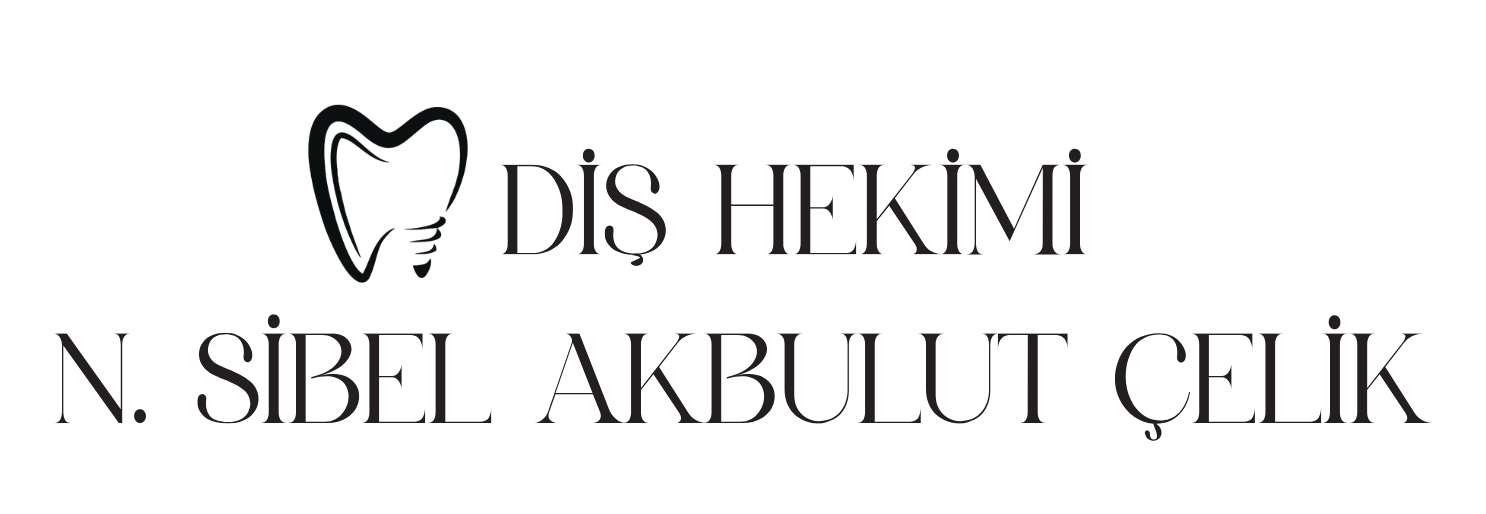What Are Crowns and Bridges?

Crowns (coverings): These are durable and aesthetically pleasing prosthetics that completely cover teeth that are decayed, broken, or severely damaged. Bridges: These are fixed prosthetic structures designed to replace one or more missing teeth, supported by adjacent healthy teeth. These treatments provide both functional and aesthetic solutions for missing teeth.
When Are They Applied?
For teeth with large fillings and weak structure
After root canal treatment to prevent tooth fractures
In cases of cracked or severely worn teeth
When implants are not feasible in areas with missing teeth
To improve aesthetics in the front teeth area
Advantages of Crowns and Bridges
Offer a natural appearance
Improve chewing and speaking
Enhance oral aesthetics
Prevent shifting of adjacent teeth into gaps
Provide a long-lasting, fixed, and comfortable solution
Allow confident smiling
Types of Crowns and Bridges
Porcelain-Fused-to-Metal Crowns: Durable crowns with a metal core and porcelain coating.
Zirconia Crowns: Highly durable and translucent—ideal for front teeth.
All-Ceramic Crowns (E‑max): Offer excellent aesthetics, commonly used for individual or front teeth.
Bridge Prostheses: Fixed between two healthy teeth to replace a missing tooth; can be metal-supported or zirconia-supported.
Precautions in Crown & Bridge Treatment
Before the Procedure:
Detailed examination and x-rays to assess condition
Root canal therapy if necessary
Treatment of any gum diseases
Dentist selects appropriate material (zirconia, metal-supported, etc.) clinicsibelcelik.com
After the Procedure:
Temporary hot/cold sensitivity—normal and temporary
Avoid hard or sticky foods to extend crown life
Maintain oral hygiene with regular brushing and flossing
Attend dental check-ups every 6 months
